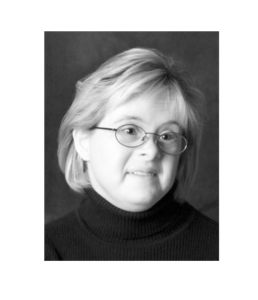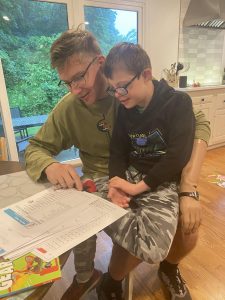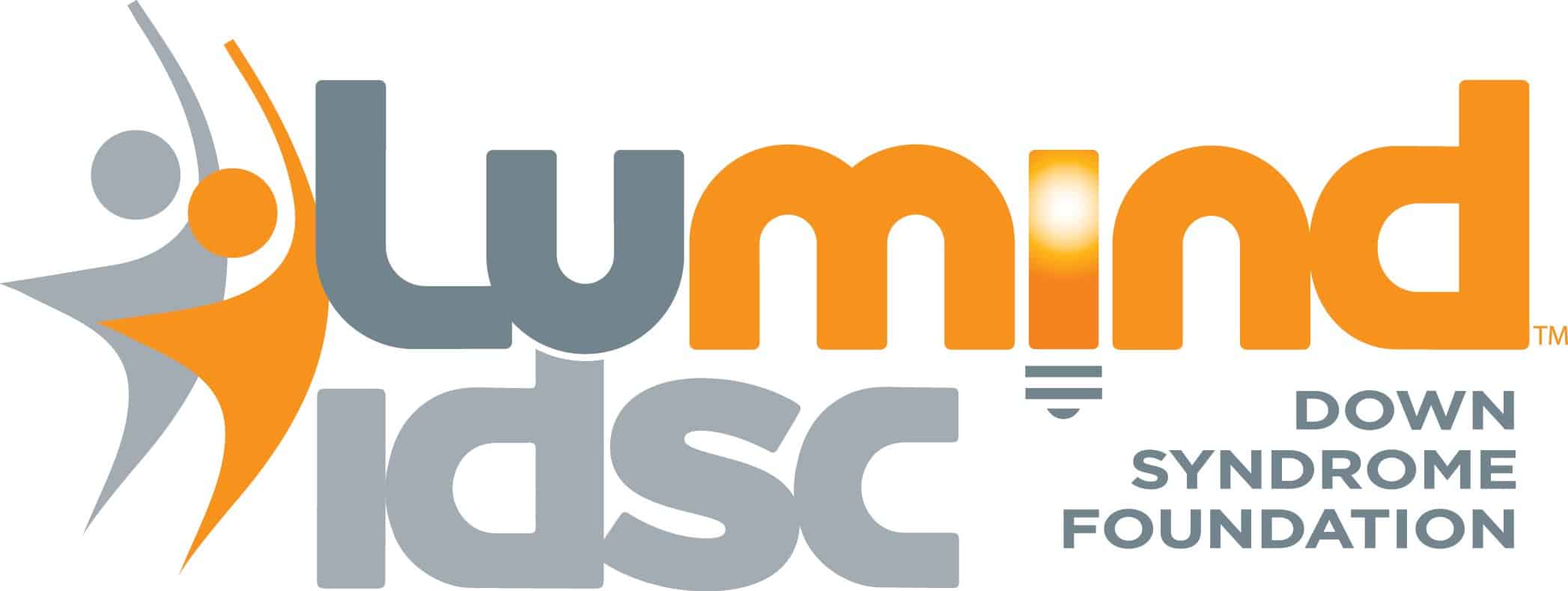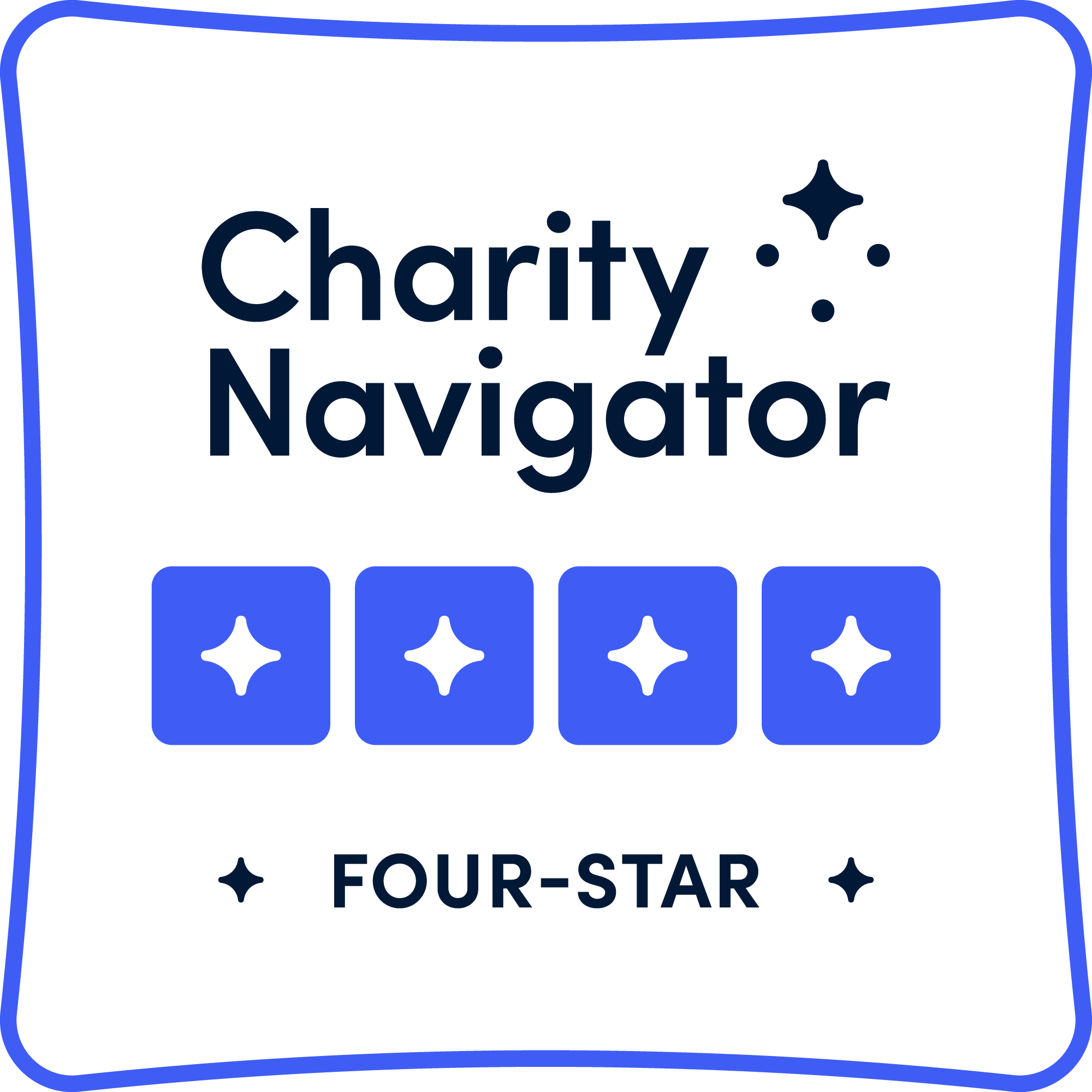The medical advances made within the Down syndrome community over the past few decades have been nothing short of amazing. The life span of individuals with Down syndrome has more than doubled since the 1980s, with the average life expectancy today reaching about 60 years of age.
While this increase in longevity is cause for community celebration, a lingering shadow remains. Individuals with Down syndrome are living longer, yet science has uncovered a significant connection between Down syndrome and Alzheimer’s disease. Down syndrome-associated Alzheimer’s Disease, or DS-AD, is one of the greatest unsolved medical challenges facing the current and upcoming generations of individuals with Down syndrome. For Karen Gaffney, a 47-year-old self-advocate and LuMind IDSC Board Member, the reality of DS-AD is on her doorstep.

Karen Gaffney, Self-advocate and LuMind IDSC Board member
The Current Landscape Today:
The prospect for treating Alzheimer’s disease is improving with the recent approvals of three drugs targeting amyloid plaque in the brain, however, the urgency Karen describes is real. She has recently lost several of her peers and friends with Down syndrome to Alzheimer’s disease. Right now, there is progress with the first drugs, but no cure for Alzheimer’s disease. Right now, we are still learning about how Alzheimer’s disease manifests differently in individuals with Down syndrome. Right now, three clinical trials for DS-AD are ongoing or scheduled to begin this year (this is unprecedented!). Right now, LuMind IDSC is working tirelessly with families, with researchers, and with many partners to solve this DS-AD puzzle so that future generations no longer need to worry about DS-AD.
Hope for the Future:
Our community continues to gain knowledge through research and the understanding of DS-AD is improving. Today, exciting advancements in treatments can slow the development of the disease. There is also recognition of DS-AD as a genetic condition which opens the door to the possibility of other treatments. Furthermore, there are new, more convenient Alzheimer’s diagnostic tests using blood biomarkers on the horizon which will help to diagnose the disease earlier. Every year we continue to learn about new exciting progress for the future of Alzheimer’s research and further improvement of treatment prospects. The tide is slowly turning, and it is leaving ripples of hope with each passing wave.

Hampus Hillerstrom, CEO of LuMind IDSC, helps his son Oskar at the table.
My son Oskar is 10 years old. I’m confident that by the time he is 40, the advancements that we will have made today will make the worry of Alzheimer’s disease a part of history. In the past decade alone, the answers that have come from research have helped us focus and work on finding solutions that were not previously possible. Our community can support researchers to solve this puzzle, but it is going to take all of us working together.
Here’s how you can help:
- Learn about DS-AD. Know the signs and talk to your doctor.
- Connect with LuMind IDSC to stay up-to-date with the latest information: Register for our newsletter and follow us on social media.
- Participate in research. There are so many unanswered questions, and participation in research is the best way to get the answers – not only for DS-AD, but for other conditions that impact people with Down syndrome. You can find a list of research opportunities on our website at: Research Opportunities.
- Per recent Down syndrome adult care guidelines, if you are over the age of 40, start taking an Alzheimer’s screening test. You can download the NTG-Early Detection Screen for Dementia – and discuss it with your doctor.
Reaching Milestones in 2025
In 2025 LuMind IDSC will continue working to publish the results from our large natural history study in adults with Down syndrome and to pursue our relentless effort to remove policy and equity barriers currently facing the community in research of DS-AD. LuMind IDSC is committed to improving clinical trials for people with Down syndrome through training programs and by creating a consensus framework of definitions for the stages of DS-AD in clinical practice. We will also be advocating for and supporting equitable access to blood biomarker diagnostic tests for our community once those receive FDA approval.
Each day we move closer to solving the DS-AD puzzle, but we are racing against the clock. We want to get answers for the current generation of individuals facing DS-AD right now. We can do this by working together. By working with families, we are spreading knowledge to ensure you are aware of and can access current research and clinical trials. By working with researchers, we help educate and bring awareness of your unique needs. And lastly, by working with other advocacy organizations, we maximize our voices to create the greatest impact when needed.
I look forward to sharing more exciting information with you in the upcoming months. 2025 is going to be a year of milestones!
Sincerely,
Hampus Hillerstrom
CEO, LuMind IDSC Foundation


